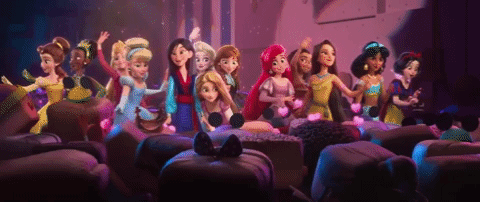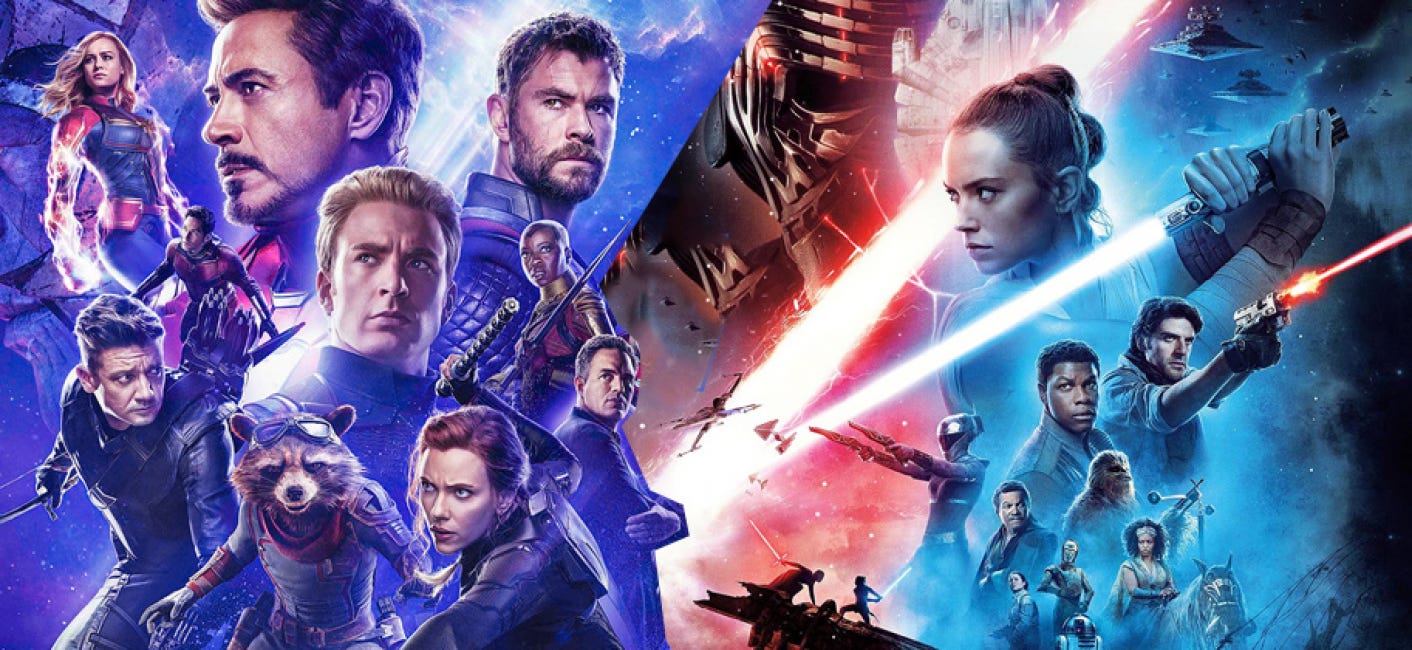How To Turn A Headwind Into A Tailwind & Accelerate Your Category Dominance, Just Like Disney
How relevant are Disney princesses today?
Dear Friend, Subscriber, and fellow Category Pirate,
How relevant are Disney princesses today?
In our last letter, we shared how to think about designing a category breakthrough in the Roaring 2020s—and how to capitalize on tailwinds. But what happens if you don’t have a tailwind at your back? Or worse, what do you do if your business is caught in the eye of a headwind?
What then?
For just shy of a century, one of Disney’s defining characteristics was its dominance in the “princess story” category.
(1937) Snow White
(1950) Cinderella
(1959) Sleeping Beauty
(1989) The Little Mermaid
(1991) Beauty & the Beast
(1992) Aladdin
(1995) Pocahontas
(1998) Mulan
(2009) The Princess and the Frog
(2010) Tangled
(2012) Brave
(2013) Frozen
(2016) Moana
(2018) Ralph Breaks the Internet
But look carefully, and you’ll notice a gap between Mulan in 1998 and The Princess and the Frog in 2009.
The tried-and-true “damsel in distress” storyline had come under fire—not directly, but as a result of other changing winds in the political climate. The early Disney princess storylines elevated beauty as the main source of value of the Disney princess. But the way the world was changing, and the rate at which women’s rights were being pushed to the forefront of political discussions, had turned an accepted belief in preceding decades (“A woman’s primary value is in her beauty”) into a rejected belief. And this was not a message parents wanted to teach their daughters. We can see signals of this change in even a few key moments in history:
In 1997, Madeleine Albright became the first female secretary of state (opening the door for girls to see politicians as “more than just men”). Pirate Christopher once interviewed “Madam Secretary” on stage in front of 4,000 people… But that’s a whole other story…
Then, in 2005, congress passed the Partial-Birth Abortion Ban Act, which was the first law to officially ban a specific type of abortion procedure—pushing women’s rights further into the spotlight and accelerating the public’s dialogue around the subject.
And in 2006, Tarana Burke started the MeToo movement to raise awareness for women who had been abused (before the term went viral in 2017 after actress Alyssa Milano accused Hollywood producer Harvey Weinstein of sexual assault).
One of Disney’s most powerful tailwinds had turned into a headwind—and they had to pivot as a result.
There’s a reason Disney didn’t touch “princess stories” for that decade.
The category was changing.
Our guess is, they didn’t want to be on the wrong side of history. And when Disney did begin producing female-led animations again, the company steered in a completely different direction. The Princess and the Frog features a black princess (the first of any Disney animation). Tangled, originally titled Rapunzel, was changed at the last minute to “market the film gender-neutrally.” Brave features a strong female lead character who “must rely on her bravery and her archery skills to undo a beastly curse” (not a man’s kiss). Frozen is about a princess who sets off on a journey, not to find a prince, but her estranged sister. And Moana represents Disney’s commitment to forgoing the “damsel in distress” narrative by creating a strong-willed female character who is responsible for saving her Polynesian village.
What they ended up figuring out was the true power of a Disney story was about transformation, and less about princess fantasies and the idolatry of feminine beauty. And what audience members wanted were to feel like they had the power to transform themselves, just like the characters on screen—be it from a person of poverty into a princess, or escaping the destiny of being “only a wife” and becoming instead a warrior leader.
In that same decade, Disney made some of its most iconic acquisitions in company history.
On the heels of scooping up Miramax for $60 million (1993) and Capital Cities/ABC/ESPN for a whopping $19 billion (1995), Disney began an acquisition spree usually reserved for high-growth technology companies.
(2001) Fox Family Channel, $2.9 billion
(2006) Pixar, $7.4 billion
(2009) Disney becomes an invested partner in Hulu
(2009) Marvel, $4 billion
(2012) Star Wars, $4 billion
Coinciding with an internal shift in the types of stories Disney produces, the company accelerated its M&A activity to step into leadership positions in other adjacent categories by purchasing the leaders, all the while staying true to the “power of the transformation” narrative thread.
This is arguably Disney executive chairman and former CEO Bob Iger’s claim to fame.
Imagine for a moment you’re Bob. The year is 2005, and you’ve just been prompted. The problem is: technology is eating the world. Disney princesses are out. This thing called YouTube is what’s quickly capturing the attention of kids and teenagers. And even though the company has generated double-digit earnings growth for shareholders, you know leaning on Disney’s legacy characters and stories is not a growth strategy for the future. The world is changing—and changing fast.
Instead of trying to rebuild Disney’s brand name by competing in other entertainment categories, Bob did what all great CEOs do: he bought what couldn’t be built.
This is how category kings and queens think about M&A. They accelerate their leadership positions by buying new, growing things—not old, dying things.
Bob didn’t sit his team down and say, “I think we need to invest more in next-gen animation.” He bought Pixar.
He didn’t call a Wednesday meeting, bring in a few storyboards, and exclaim, “It’s time we create a Disney superhero.” He bought Marvel.
And could you imagine if he sat his executive team down and said, “I want to take on Star Wars. I want to beat them at their own game.”? They would have thought he was crazy. “You want to take on the most iconic sci-fi storyline of all time? Star Wars fans are like disciples. It’s a religion!” Instead, he bought Star Wars, and its category leadership position.
What Bob didn’t do was try to strong-arm Disney into any one of these adjacent categories. He didn’t do what RedBull did in the cola category (RedBull Simply Cola), or what Google did in social networking (Google+). That is to say, a full frontal attack with a “better product” strategy.
Here’s how those acquisitions panned out for Disney:
Arrrr! This is a paid newsletter, you scoundrel. If you’d like to learn more about where to find the buried treasure, subscribe below. New treasure maps every Wednesday.







